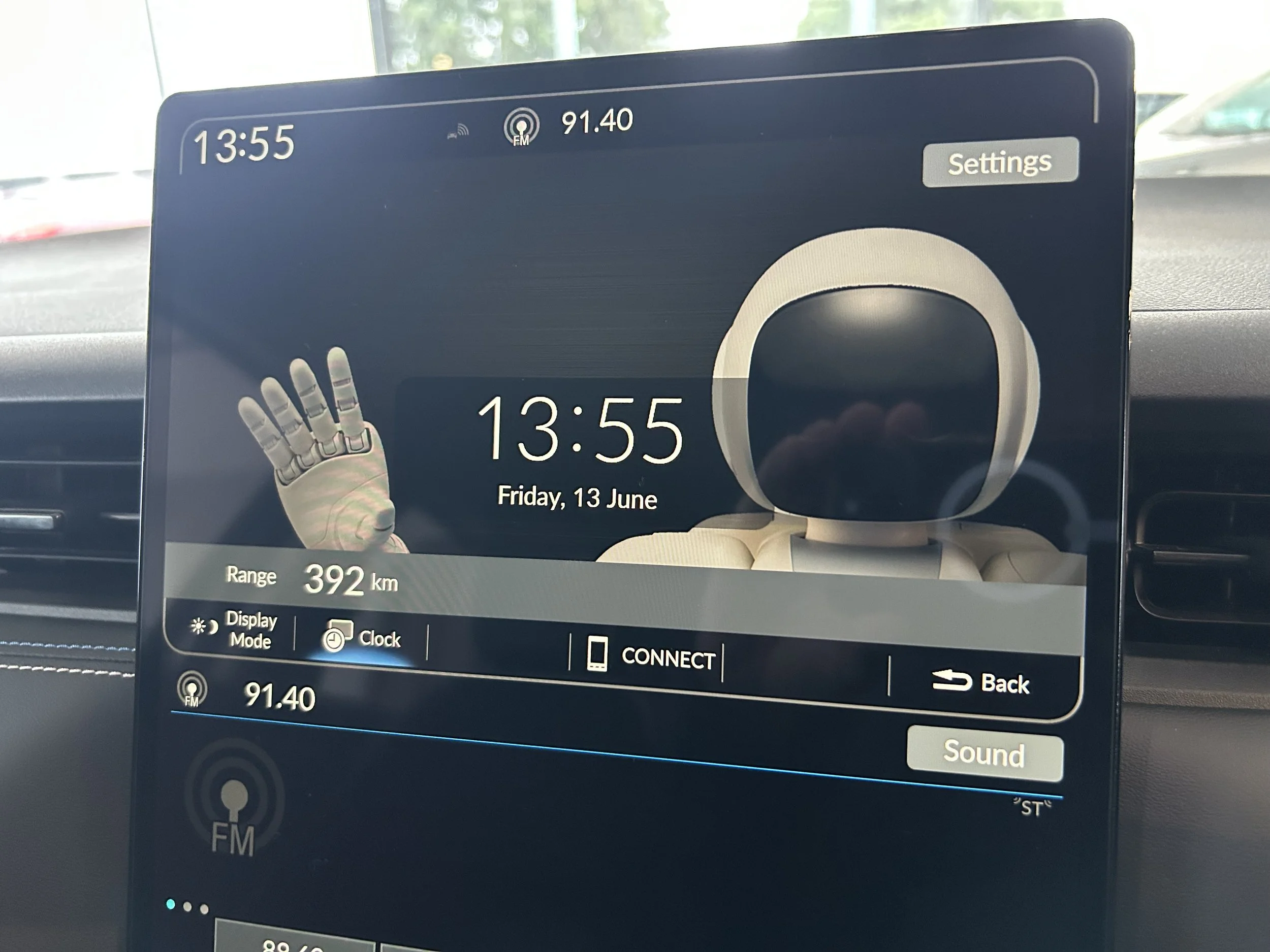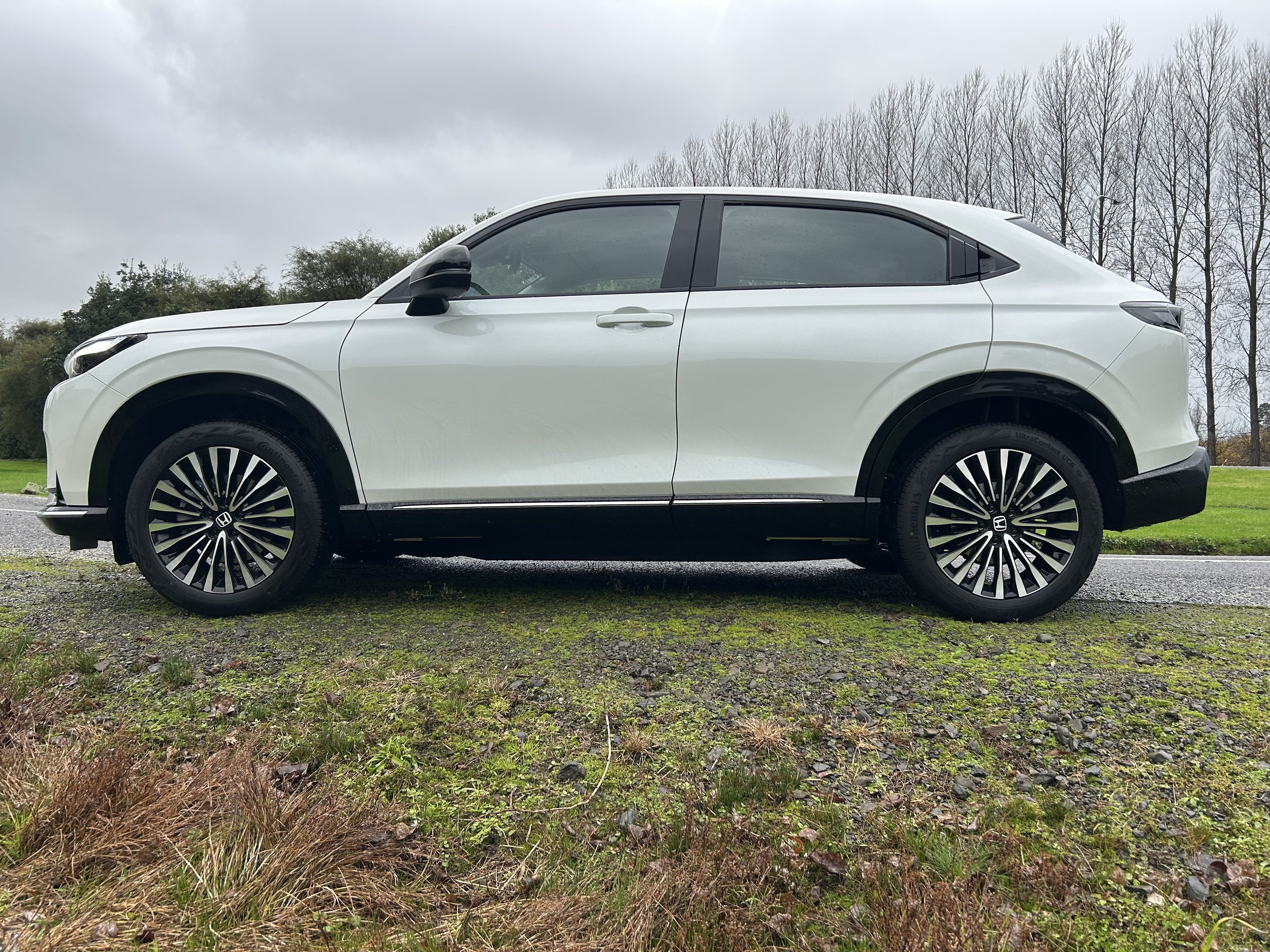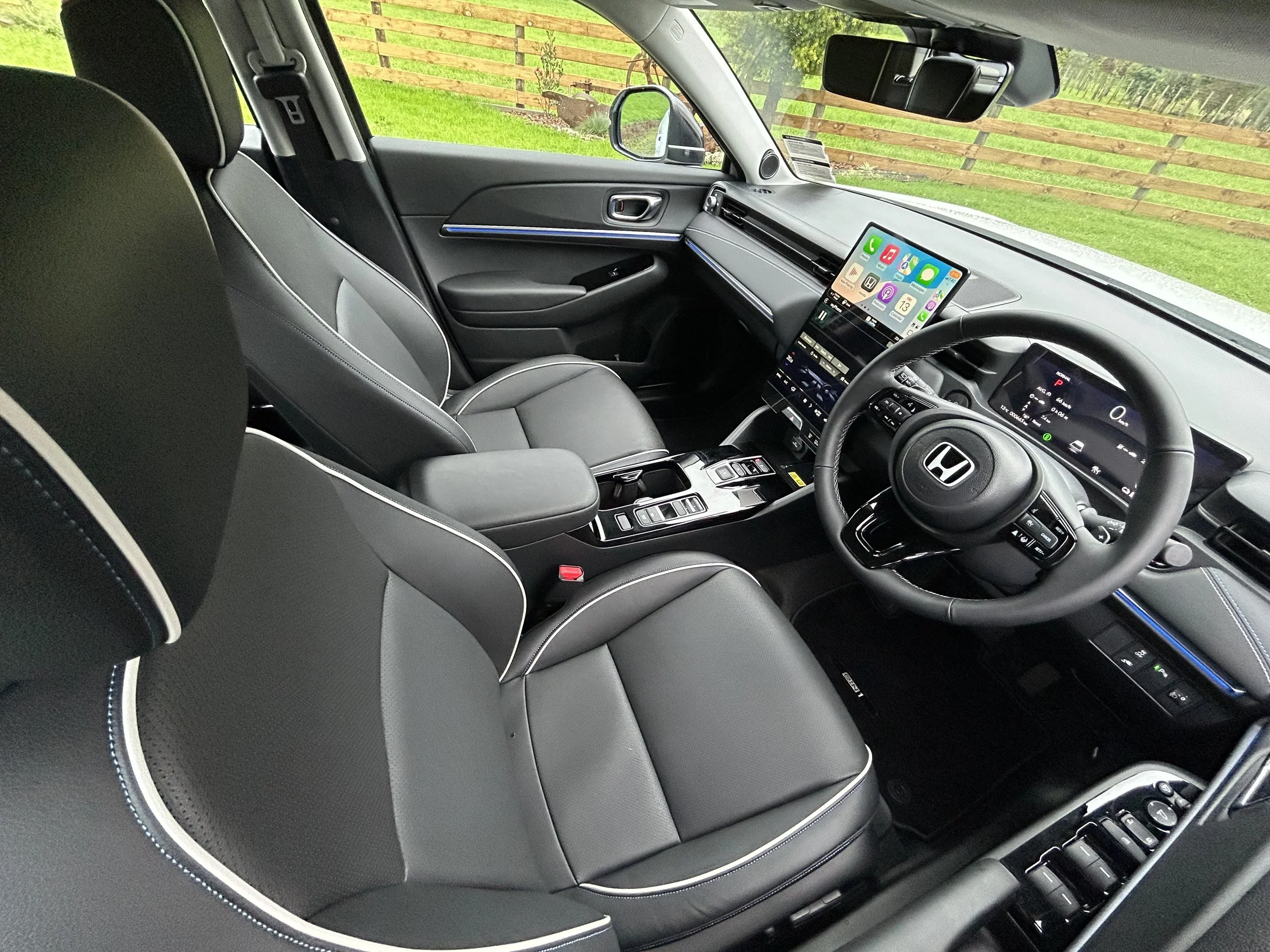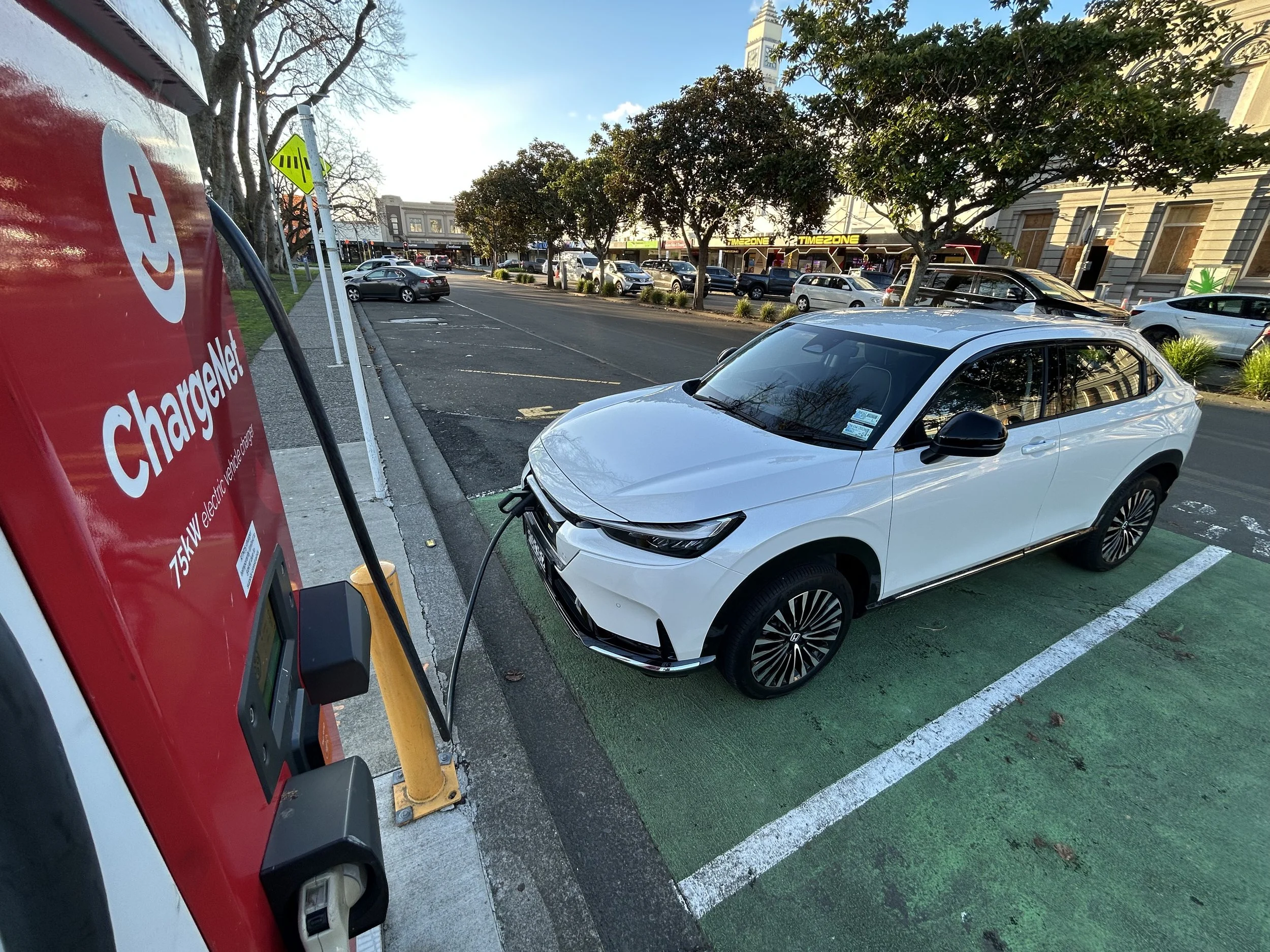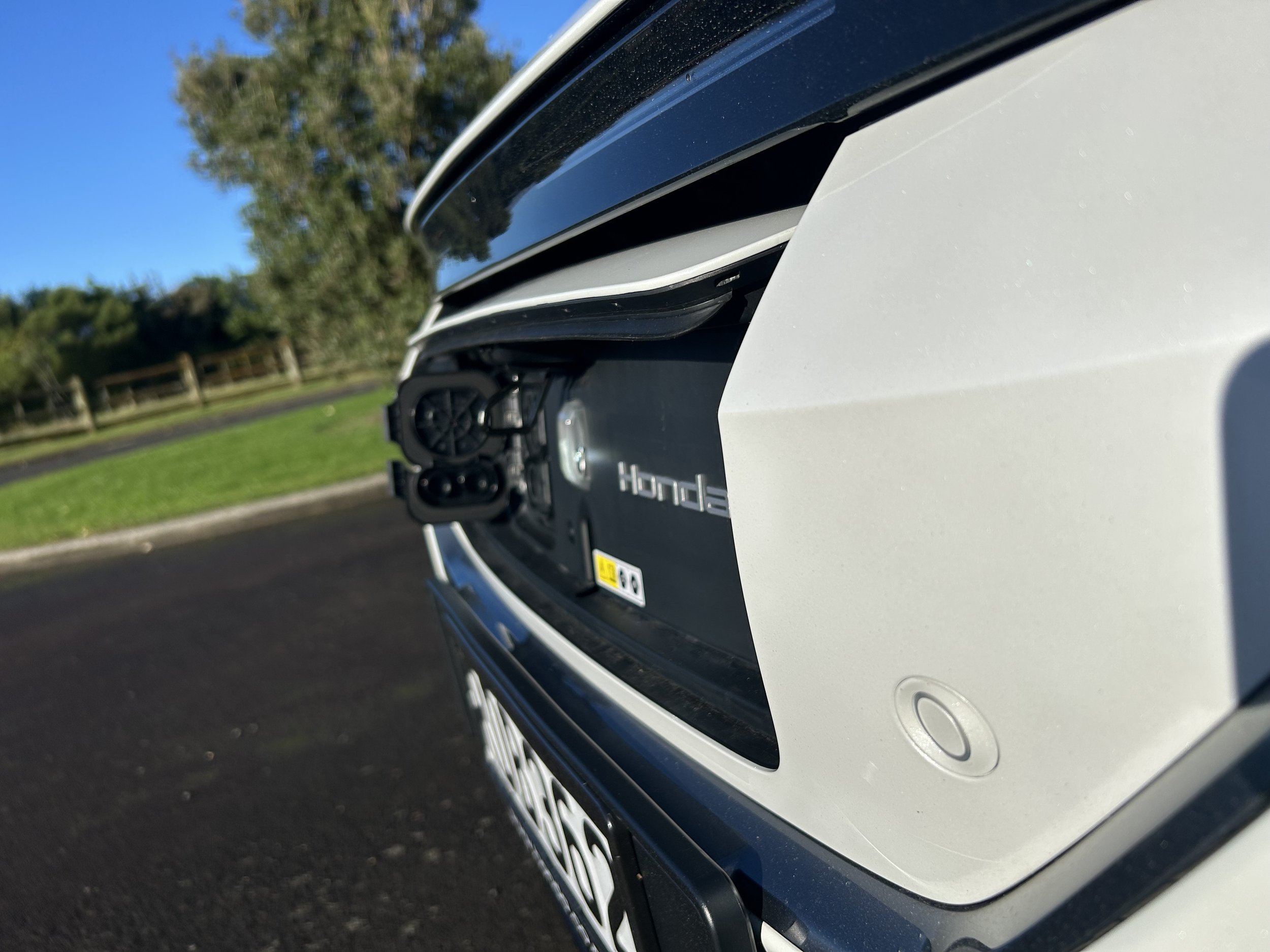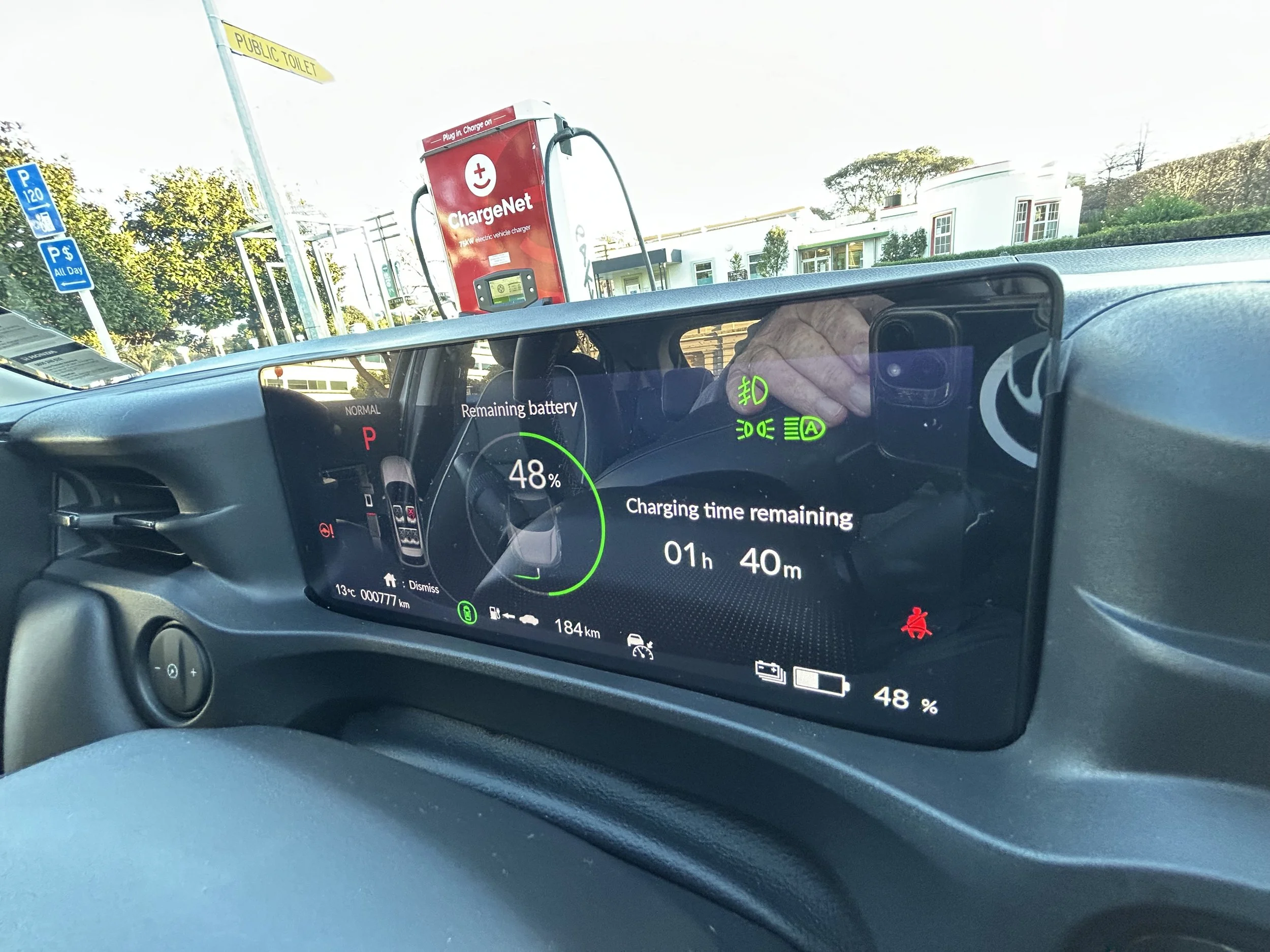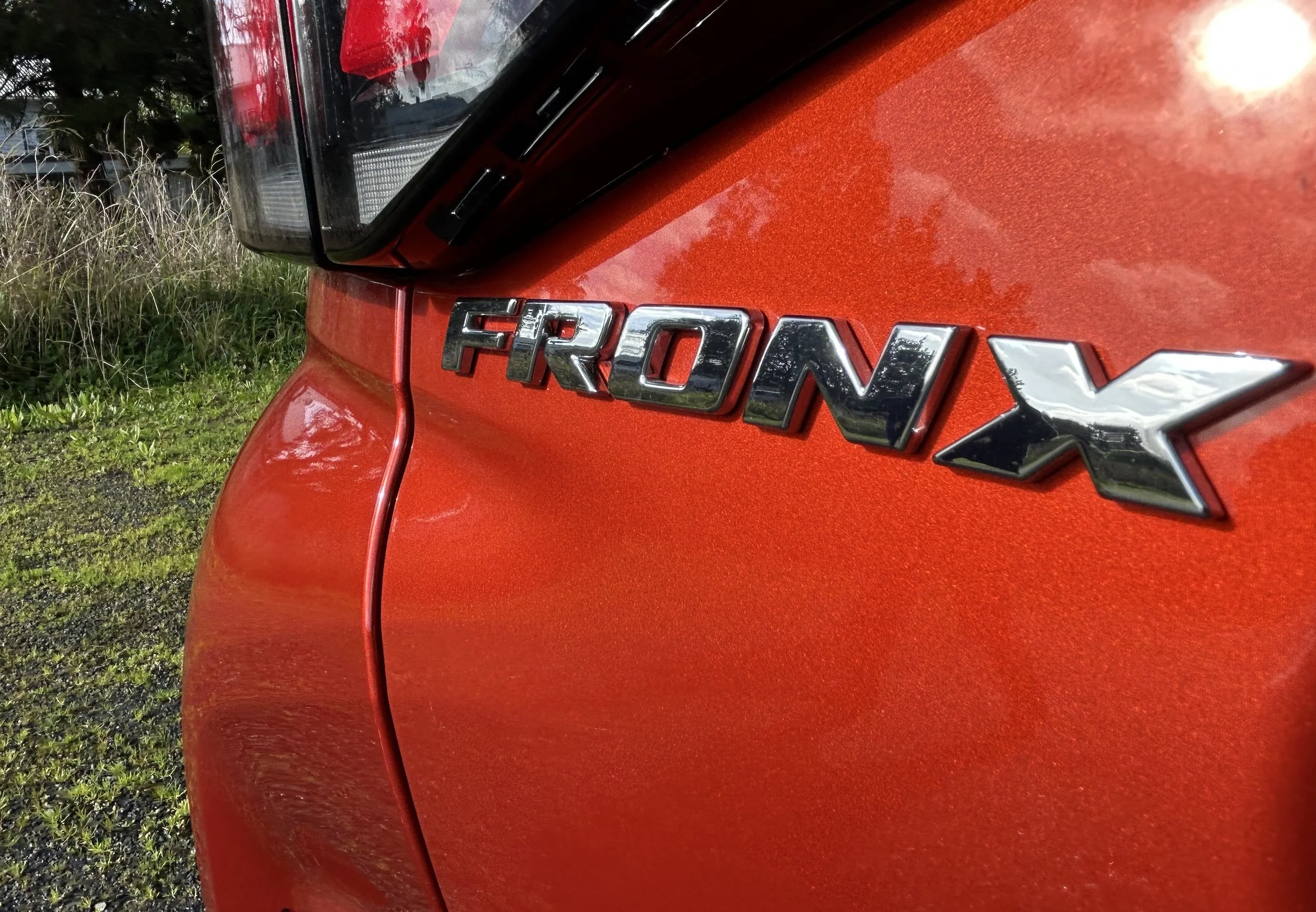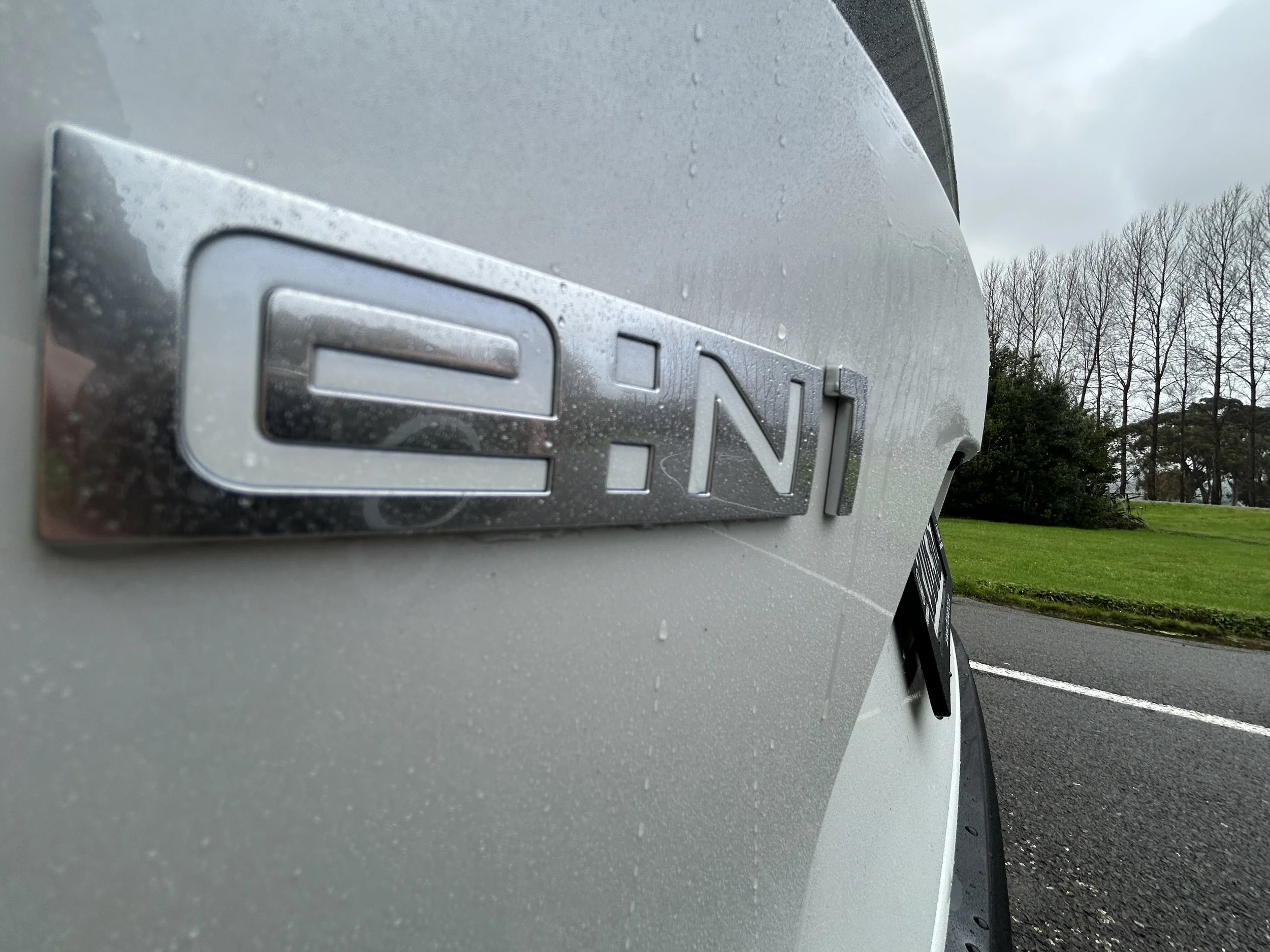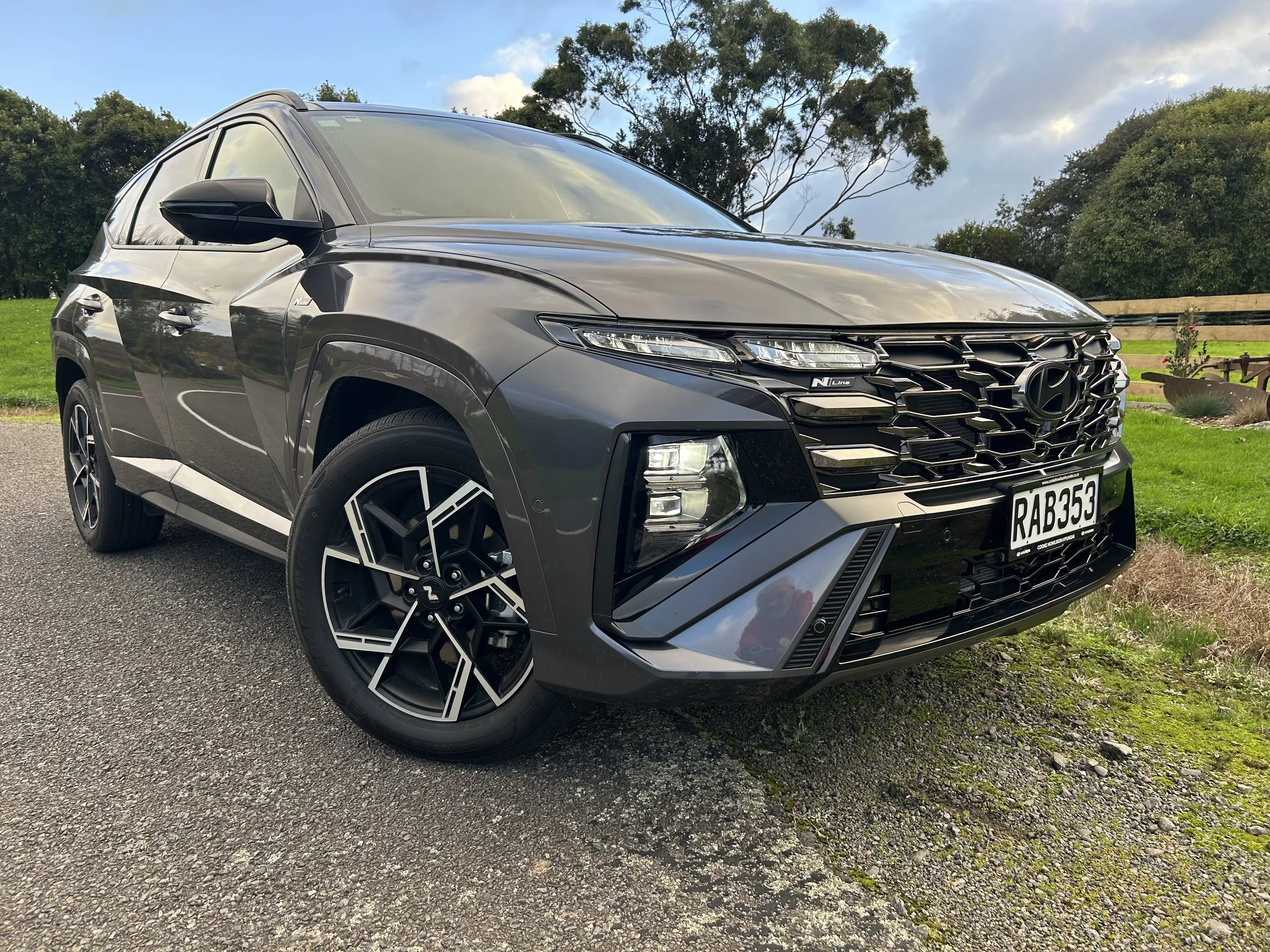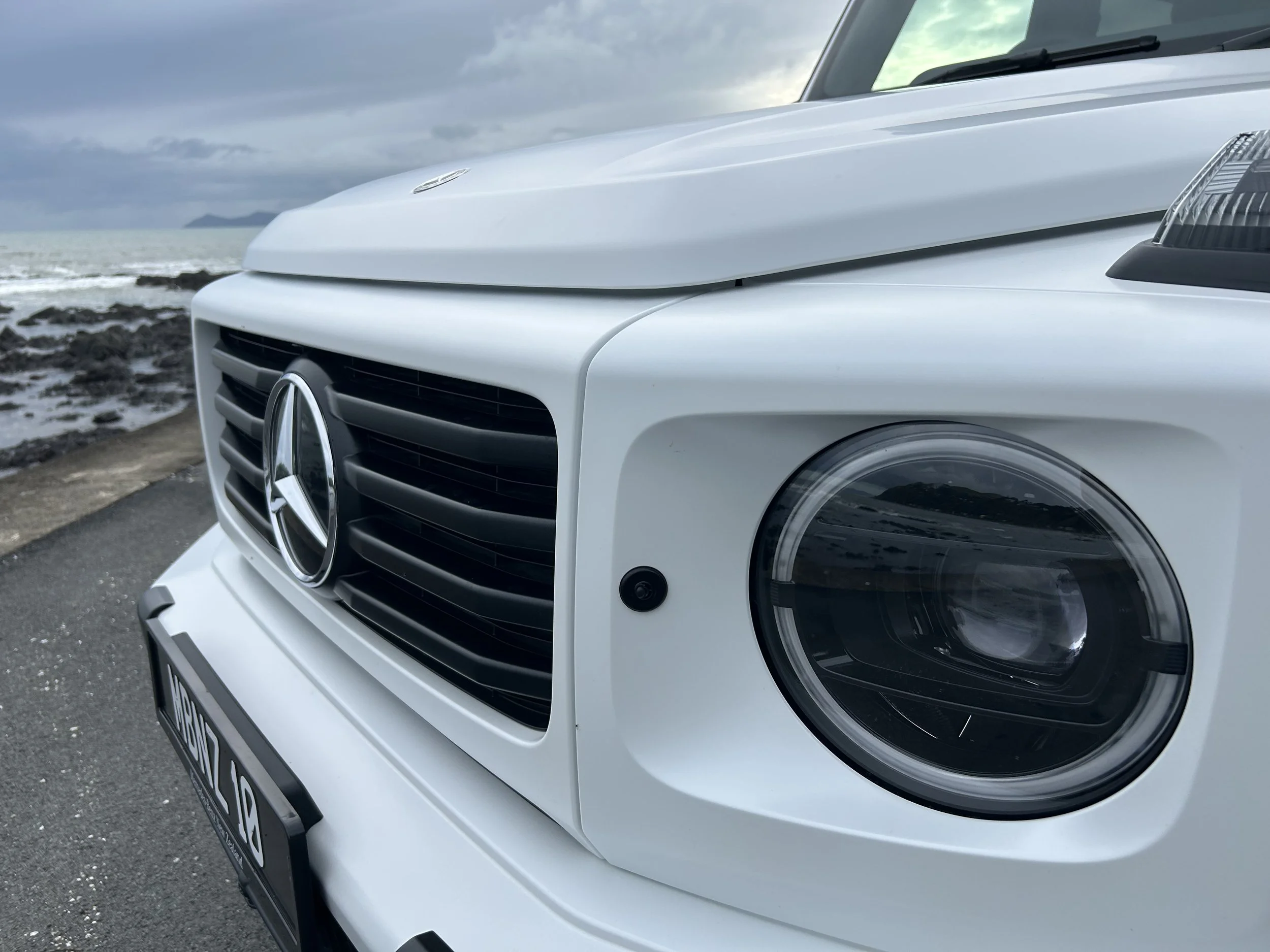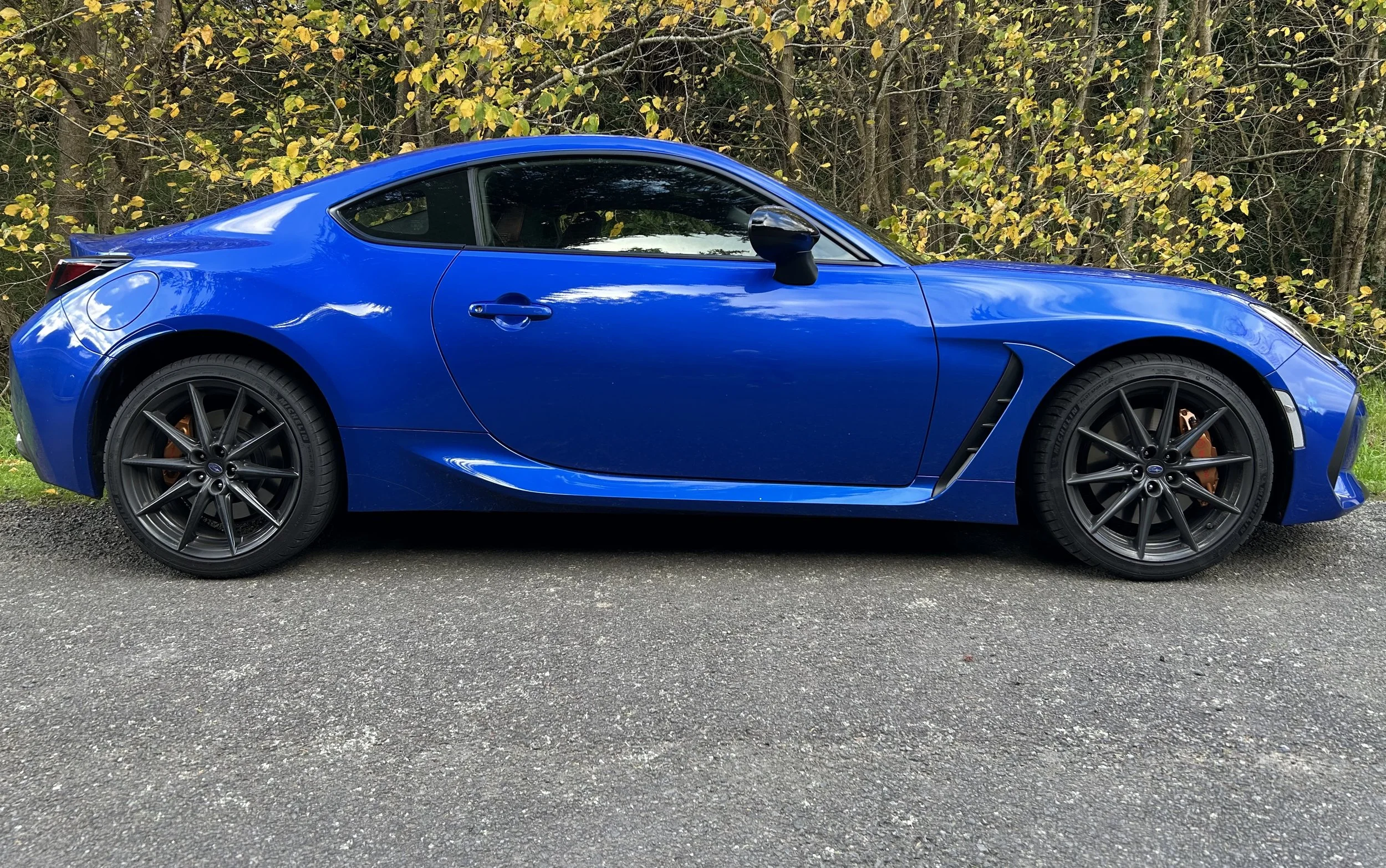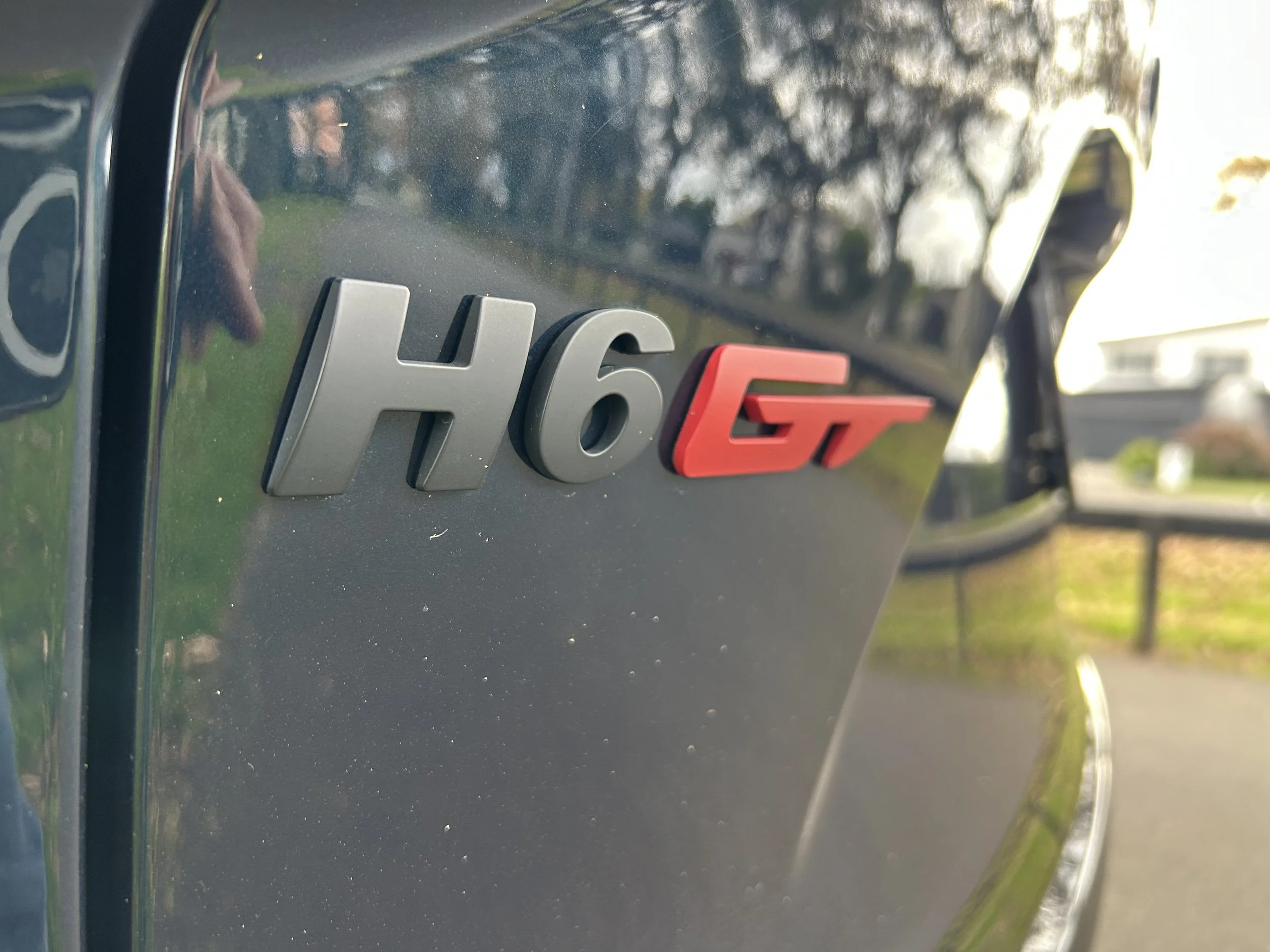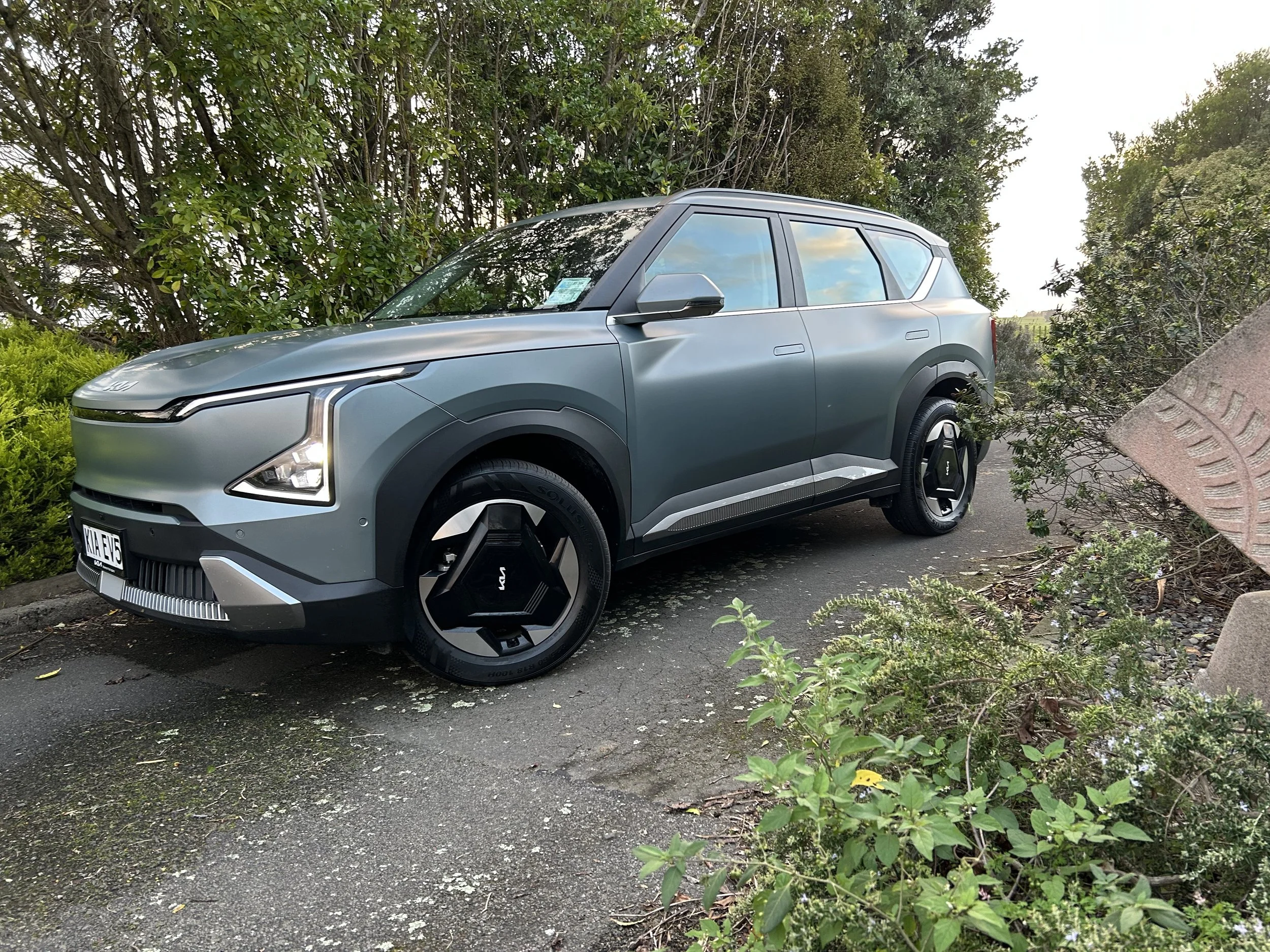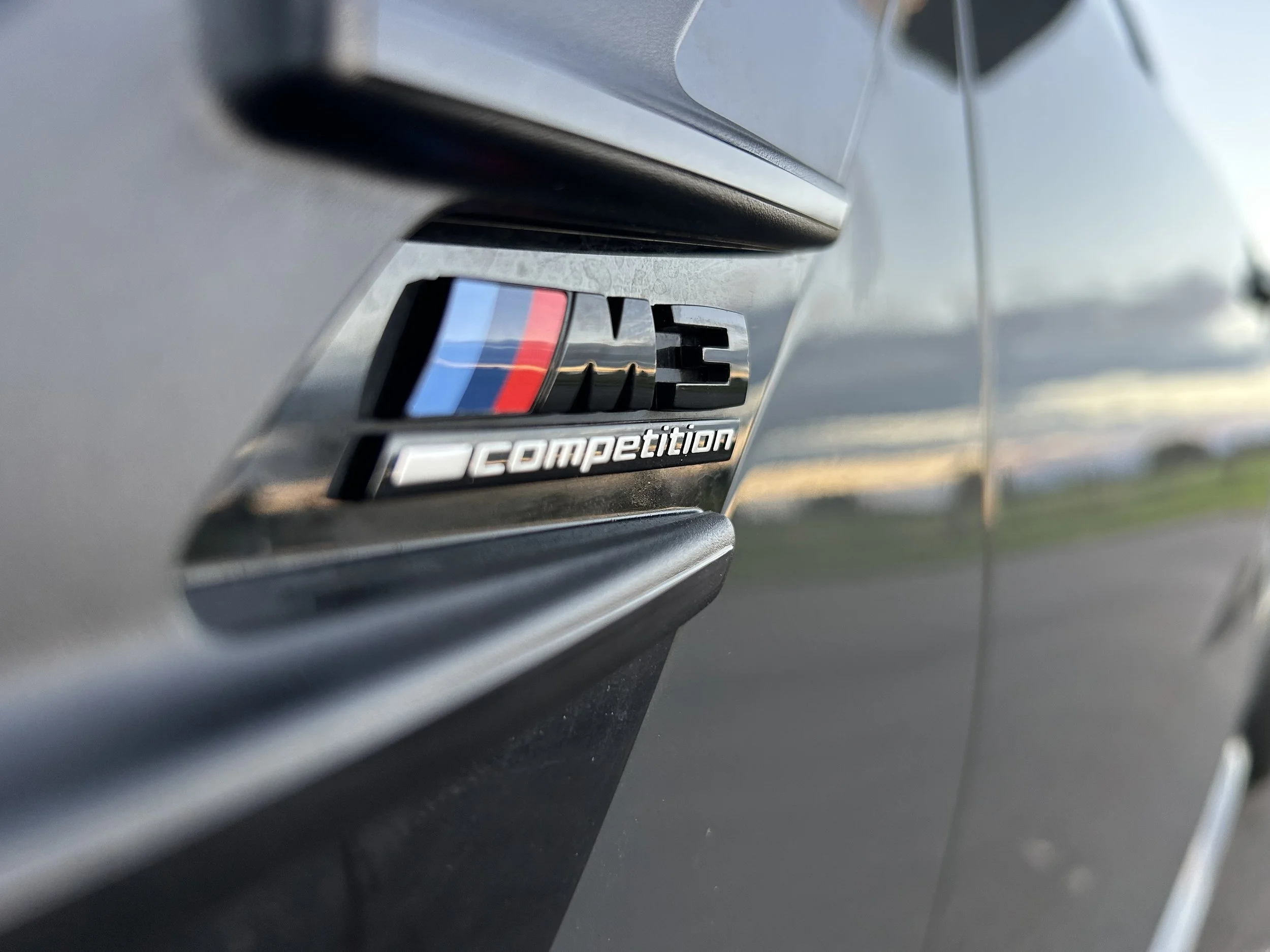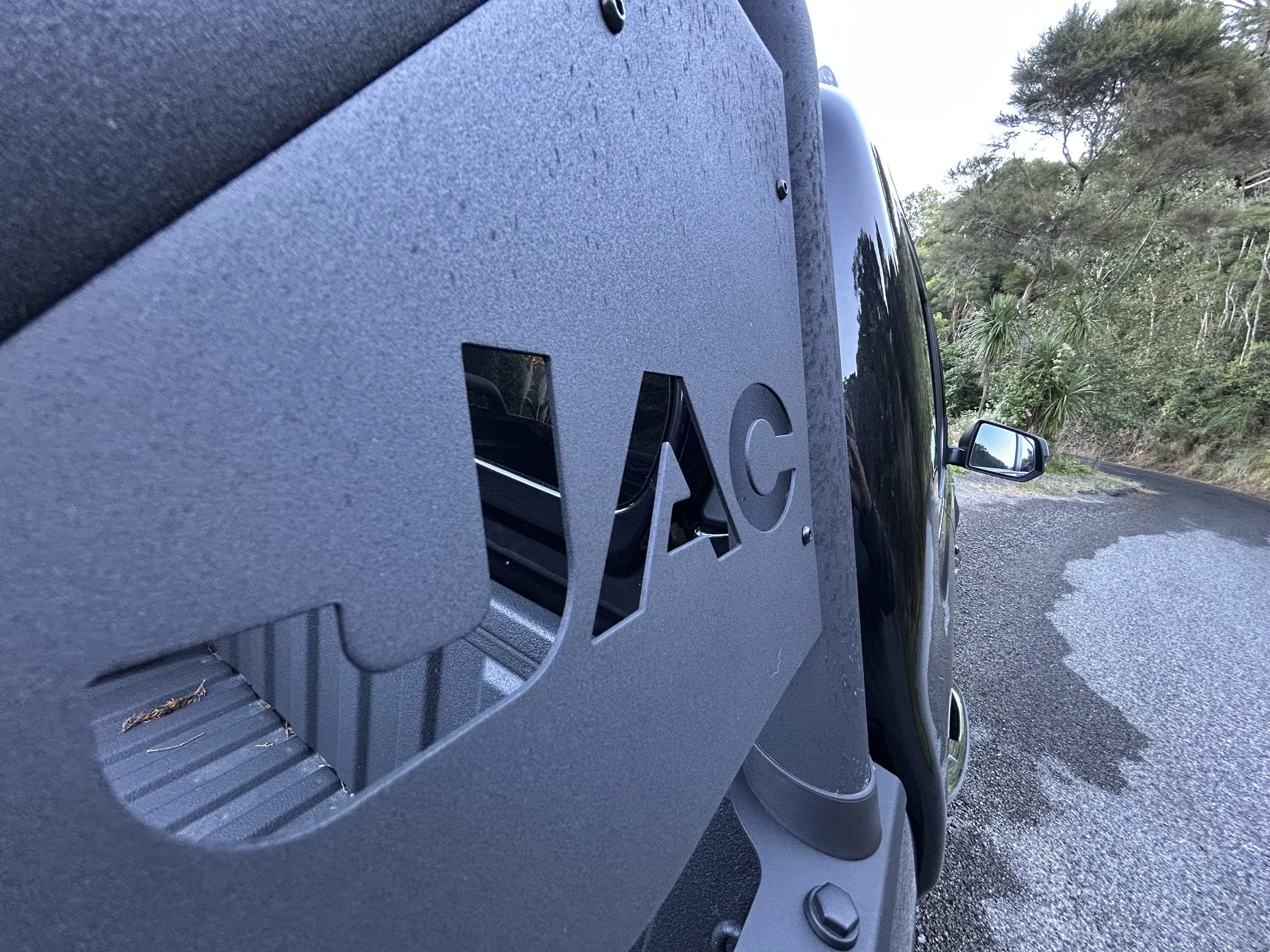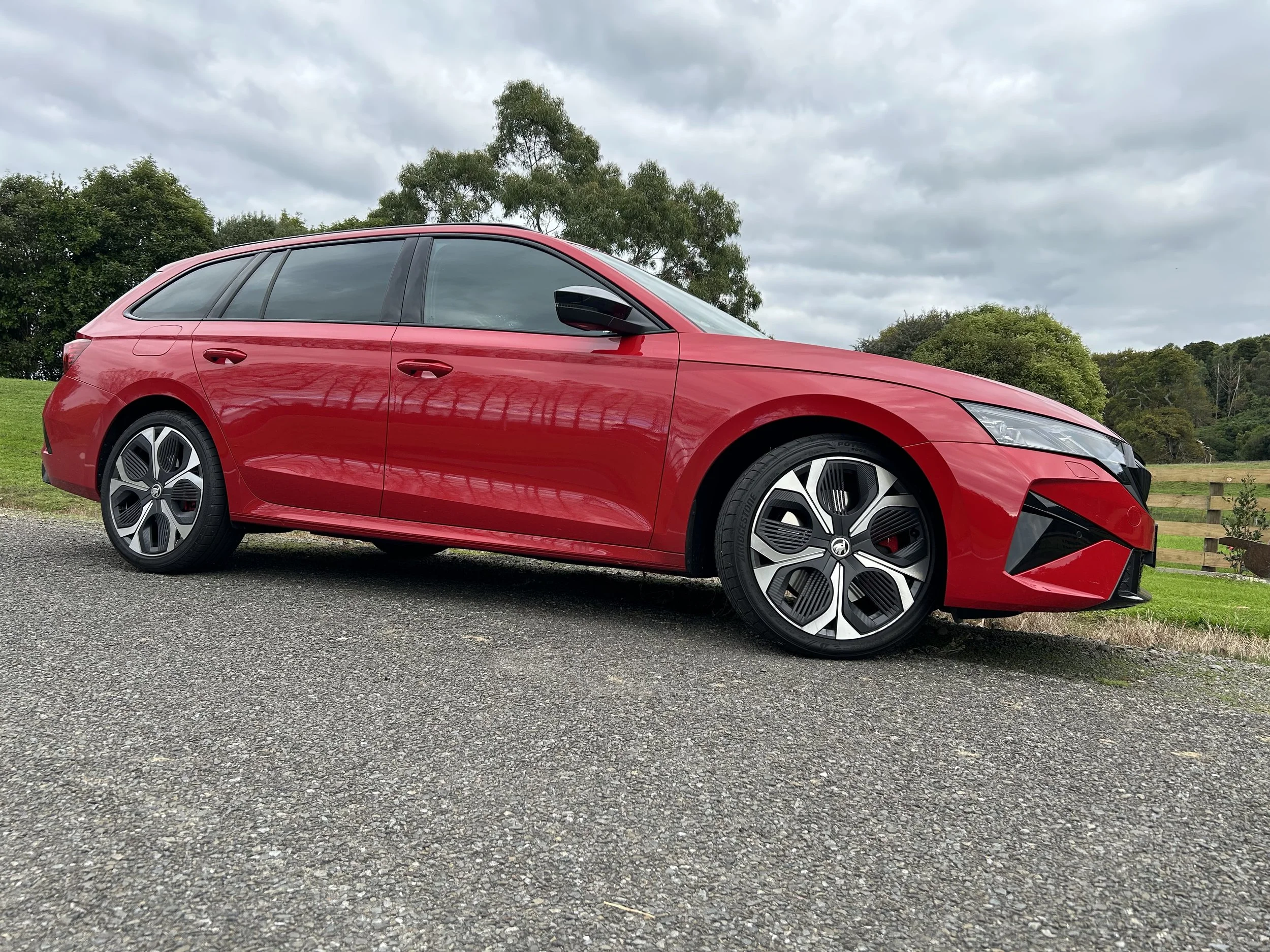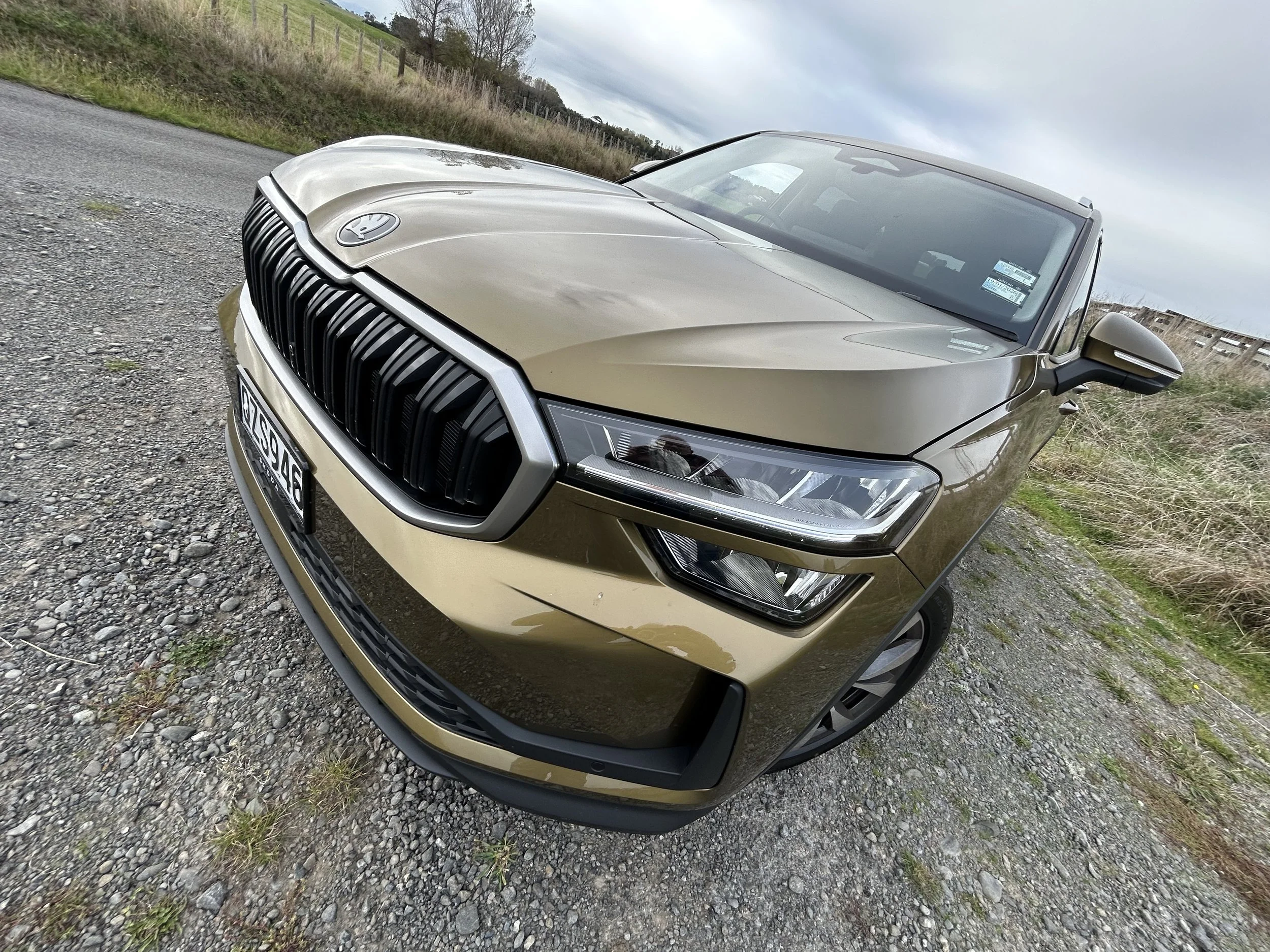Honda e:N1 roadtest review: Asimo goes electric
/Fancy a battery-pure alternate to the HR-V, ZR-V and CR-V hybrid petrol SUVs?
Price: $52,000.
Powertrain: 152kW/310Nm single motor front drive format, 61.9kWh battery (usable capacity) lithium ion battery.
How big: 4387mm long; 1866mm wide; 1584mm high.
We like: Sensible design approach; smart pricing (against elsewhere); good screen tech.
Not so much: Average charging and efficiency; range isn’t brilliant; powertrain noise.
BIG boom, big bust, quiet recovery: Electric is unavoidably the future, but right now it’s not so easy for even the acknowledged expert brands to sell their battery-wed cars.
The massive high of 2020-2023 was great; that everything should then completely unravel in 2024 was galling. So much went wrong for so many.
Now brands are basically in start-again mood; some so badly bitten they’re doubly shy to venture anything like as boldly as they once planned. The technology push is continuing. Too much has been invested and, anyway, what other alternative is there?
But …. confidence is surely eroded. How long before consumers return to seeing this tech as the most rational way forward? Is it when residuals make sense? When the charging infrastructure is fully sorted? Logically, there has to be a re-set. But if logic had anything to do with it - not least at political level - last year’s crisis would never have happened.
Given the environment, Honda might seem to some to be awfully brave deciding right now is the time for it to have a go.
That the car it has chosen for this official pitch is called the e:N1 here adds a certain wryness to this. Will … erm … ‘anyone’ be interested?
Let’s hope so, because it’s doing a lot right. Honda’s credibility as a technology brand is well deserved and expresses strongly in what is officially the make’s first electric here; the preceding Honda-e having been a grey import. The e:N1 has a less cheeky look than that smaller product, but is larger, has better performance and range, is somewhat cheaper and, of course, has distributor backing.
Though this experience left impression e:N1 is similar to Honda-e in being primarily more a urban car than one you’d gravitate to for prolonged distance trips, it was genuinely nice to drive, with genuine pep.
Having previously alluded to taking this car from a Honda plant in Thailand, the brand has now made clear it actually comes from Wuhan (familiar name, can’t quite remember why) in China and appears to built on behalf by a domestic partner. Don’t sweat it. Assembly quality is up to NSX standard.
Plus, the idea that out of China brings price advantage seems very well proven in this case. New Zealand is the first export market in this part of the world, but the car has been in the United Kingdom and Ireland for almost a year (as the e:NY1), in Elegance and higher-trimmed Advance.
We seem to take the first, albeit with a fresh Evolve trim signature, but escape the moan-inducing price penalty felt on the other side of the world. It’s common for cars to be different prices in different markets, but the disparity here is remarkable. Well done to whoever wrangled a deal that sees a figure expressed in dollars being slightly lower than their’s is in ‘two-of-ours to-one of-theirs’ Euros.
So who’s keen to have a go in a car that’s basically lineball on spend with two past sales aces, MG’s MG4 and the BYD Atto3?
It’s understandable if initial interest comes from existing Honda customers; electrics naturally raise curiosity and if they dare to drive, they’ve also discover a driving ambience they’re already comfortable with. Honda’s decision to design e:N1 to conform visually with the rest of its SUV line-up is smart.
Even so, is it more like the Jazz, ZR-V and HR-V, that are very much seen as city-first considerations or will it take after the Civic and CR-V and demonstrate eagerness to fulfil broader remit?
From the way the e:N1 looks, you might imagine it’s an electric HR-V; the two share an almost-identical body. It looks as if Honda has taken the internal combustion type, blanked off the grille and stuffed a battery underneath in place of the engine.
That’s not really the case. Although the two cars do look superficially alike on the outside, underneath the e:N1 uses a bespoke all-electric platform.
Still, in respect to functionality, driving aptitude and probable usage patterns, it’s easy to see the electric looking like a sensible alternate.
It offers about the same amount of space, is just as fuss-free, uncomplicated and, though the push-button drive selector takes a bit of getting used to, is extremely easy to drive. It feels light and manoeuvres well in the urban jungle and has a decent turning circle.
Insofar as outputs, the 152kW/310Nm from this single motor front drive format isn’t too shabby, and size-wise a lithium ion battery with a gross capacity of 68kWh and a useable capacity of 61.9kWh suggests positively, too. Back to that in a minute.
Outright performance-wise, it’s reasonable without doing anything radical. Though not among those electrics in which you stand good chance of getting done for speeding simply as result of an incautious toe twitch, the e:N1 is nonetheless happy enough to hold at open road pace, albeit with some loss of refinement.
What isn’t so good is the motor’s poor refinement. One plus for going to electric driving is that it is generally a peaceful affair. Not here. The e:N1’s setup delivers a whine pretty much from the get-go. At low speed alone it all but drowns out the pedestrian warning sound, which itself is hardly subtle, and once it’s up to 100kmh, there’s a shrillness that soon becomes annoying.
Given that it clocks 1750kg, the low speed ride being quite edgy is a surprise; it seems to be all about suspension tuning as it settles down at greater speed.
Expecting it to be a total corner rascal would be a bit much, yet in terms of how it negotiates a winding road there’s a lot that compares to the HR-V. The steering feel is light, but has accuracy here, the brakes are assured and that 18-inch rubber is both quiet and grippy on all sealed surfaces.
Traction’s not bad, either, though as with all front-drive electrics you have to watch yourself with standing starts. Over eagerness with the throttle, especially if turning out of an intersection, can induce torque steer and overwhelm the traction control, most easily when the road surface is wet.
Of course, were it to involve in something unfortunate, there’s the benefit of it coming with the Honda Sensing safety pack, which includes collision mitigation braking, lane departure warning and intervention, and adaptive cruise control with traffic jam assist.
What impinges on its go-anywhere operability is quite obvious disparity between what you might believe should be possible from a battery of this size and the actual delivery it in fact provisions.
Why Honda NZ’s marketing material cites the e:N1 as having potential to eke 500 kilometres’ range from a single charge, when even the WLTP figure is 412km, is beyond comprehension. They cite the usual “in optimal conditions” caveat but offer no supporting data to prove it could do so.
When picked up, the test car was at 94 percent battery strength and the trip computer was suggesting 392kms’ driving range. But within 15 minutes that had recalibrated to 330kms; this while it had yet to break out of urban pace.
After clocking 312km, including with some open road driving, but the majority in lower speed zones, the car required replenishment, having dropped to 15 percent, low enough for a ‘battery charge low’ warning to flash up.
All EV drivers can relate to how much difference climatic condition and pace will make to how quickly it chews up energy, obviously terrain and even the type of road surface you’re on can influence. The Honda seemed more sensitive to those factors than many other EVs I’ve experienced.
The drive modes have obvious impact. Even in its leanest setting the car is quite amenable. Sure, you lose some zippiness, but it’s still alert and reactive.
But even when steering clear of Sports mode it does also seem to operate on more of a knife edge than some EVs. For instance, simply switching off the air conditioning at urban pace instantly adds 50 kilometres’ additional range. Modest alterations to speed also have significant impact. From what the trip computer was relaying, it has markedly more thrift at 90kmh than at 100kmh, for instance.
With all this, it seems weird Honda has made brake regeneration something of a low priority. It’s controlled via the paddles behind the steering wheel, but there’s barely any tangible difference in the various levels. Those who prefer the one-pedal style of driving will need to look elsewhere. Here no setting is strong enough to slow the car sufficiently.
To the non EV-minded, that might sound like enough of a negative to move on and try something else. On the other hand, it also reinforces what the car as a whole proposes in its look and size; that this is, foremost, an urban machine. If used used primarily in city driving, and you’re entertaining average daily driving distances, the consumption and range potential niggles will be easily enough contained, especially if you get into the habit of frequent, short term periods of replenishment.
Honda NZ is hot on the concept of home charging; but on its terms. While a three-pin home charger is quite patently a factory inclusion, it’s not one included here; instead they provision a permanent wallbox, with subsidised installation cost.
It’s a good idea to maximise the car having an 11kW AC charger on board, if one obviously best-suited to those who own their own home. But no kind of panacea for road testing, so my reliance was on public fast charging.
The car having a maximum upload speed of 78kW on DC means you can expect to be hooked up for much longer periods than other cars that allow for faster uptake, but it is otherwise well set up. Placing a port on the nose, behind the panel between the headlamps, is a concept most brands have moved on from (mainly because it’s a high-risk location for damage in even of a nose-to tail) yet having it there makes charging easy.
To open the spring-loaded retracting flap requires pressing a button in the cabin, whereas closing it asks fro you to push on the flap proper, and with some firmness, else it’ll fail to latch properly and re-open as soon as you strike a lump on the road. Once bitten, twice shy for me. At least you can’t help but notice when it re-opens as a warning alert comes up on the dashboard.
As best as can be ascertained, NZ has more or less chosen the same specification as the base car for the UK, save ours lacks heated front seats, the tailgate isn’t powered and our colour range is limited to just white or blue.
Other cost savings seem to include used plain rather than tinted glass in the side windows and even with the audio. When you set up your favourite radio stations, they show purely as frequency numbers, rather than with icons or names. Also it’s BYO insofar as sat nav goes. Local mapping is apparently a future potential, but for now it relies on whatever you bring over from your phone via Apple CarPlay or Android Auto.
Even without these elements, it still has wireless phone charging, a nice quality of synthetic leather upholstery, dual-zone climate control, a reversing camera, and achieves front and rear parking sensors. Also, the distributor backing is solid, the battery having an eight year or 160,000 kilometre warranty and the car itself having a warranty of up to five years. This is not bound to mileage and is transferable.
One of the best things about the car is its cabin. Yes, there are some cheap plastics - that seems to be a blight of all China-made products - but overall it has that traditional Honda air of pitching-for-premium quality and ergonomic sensibility.
Another strong point is the 15.1-inch portrait-style touchscreen with Honda’s Connect system, which splits the screen into three tiers. The air conditioning controls site at the bottom, the driving data panel is at the top, leaving the central panel free for navigation, entertainment or your phone connection.
It’s a slick screen and though also not without quirks - as the photo above shows, there’s a way of replicating a podcast via CarPlay and the inbuilt infotainment simultaneously (which is … weird). Most Honda models still come with physical controls for the air conditioning and some physical shortcuts for the infotainment system. The e:N1 doing away with them is daring, yet as a whole, it’s responsive and easy enough to use, with a sense of fun. Switch it on and Asimo, the humanoid spaceman robot whose progressive development go back two decades, give you a wave.
The car implementing a proper instrument panel behind the chunky three-spoke steering wheel will assuage concerns about too much techno-overload. The driver ahead display declutters the central screen and helps to keep your eyes where they ought to be.
Honda’s internal combustion crossovers all provide lots of space up front, but in straddling the B and C-SUV segments and having no drivetrain floor shaping the e:N1 has even more.
Rear seat occupants also achieve ample legroom and while headroom could be a touch comprised for the really tall, they can recline the back of the rear seat. The best chairs are up front, all the same, and it furnishes a solid driving position.
Driver amenities are thoughtful. Under the screen is a wireless phone charger, and you’ll find two USB-C sockets and a 12-volt connector down there too. The storage under the front armrest is also going to be useful; it delivers two too-narrow door bins up front, none in the back . Driving electric is perhaps expected to be thirsty work, as in addition to two large cup holders up front, it has more than enough for rear seat passengers, who are also facilitated USB-C ports.
Boot capacity of 361 litres is enough to swallow groceries but might challenge for a weekend’s worth of luggage; to slot that in you’ll likely have to start to access the 1176 litres with the seats folded down. Seats up, the boot is well-shaped and has an adjustable floor, albeit with a distinct loading lip if you leave the floor at its lowest setting. A rear luggage blind would be nice.
Logically existing Honda owners will be hit up primarily. Logically, they might be hard converts. Nothing to do with the qualities of the electric choice; more to do with how highly satisfactory they are with current choices. Small capacity, ultra-thrifty hybrids that aim to deliver efficiency expectation are a Honda 101.
For those from other brands already aware of EV pros and cons, the e:N1 might be a touch too focused on some aspects and not quite hitting target in others. But then, you could say the same about the rivals mentioned today.
It’s good to see Honda officially entering this arena and the future, with its Zero cars, looks good. While the e:N1’s range requires consideration, the pricing is pretty good, so too the quality.
If you’re cornered to explain the name? Well, you’re not alone. Neither, it seems, can Honda, as when pushed in the UK about e:NY1, reckoned it doesn’t actually mean ‘anyone’, but wouldn’t explain further.


